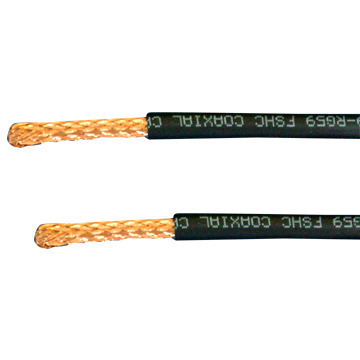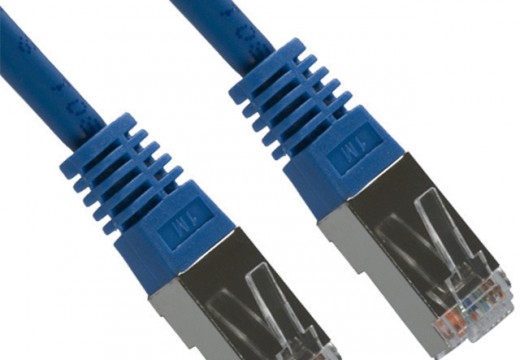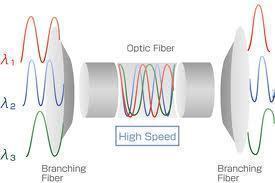Attenuation is a reduction in signal strength over distance. Attenuation is a common problem of telecommunication cables that causes a decrease in data speeds on longer cables. Attenuation is also known as “loss” and can be countered by data repeaters and amplifiers. While attenuation is a problem for long cables, short cables do not usually experience high amounts of attenuation, even if the same amount of data is transferred.

How Attenuation Works
Attenuation is caused by resistance of electricity in the cable it is transferred through, which causes waste and loss of data. While a computer network is designed to retransmit any information that is lost, the additional data results in a longer transfer time, causing slower data speeds and lower bandwidth among the computers connected to the network. Because of this, cables are limited by a specific amount of attenuation (measured in decibels) over a specified distance before they can be distributed on the open market.
Applications
Attenuation is most often found in cables, but can also be found in wireless and even fiber optic systems due to the propagation of signals over distance. For example, radio waves broadcast from a satellite with spread out over a long distance and will eventually be unreadable if not intercepted.




Follow Us!